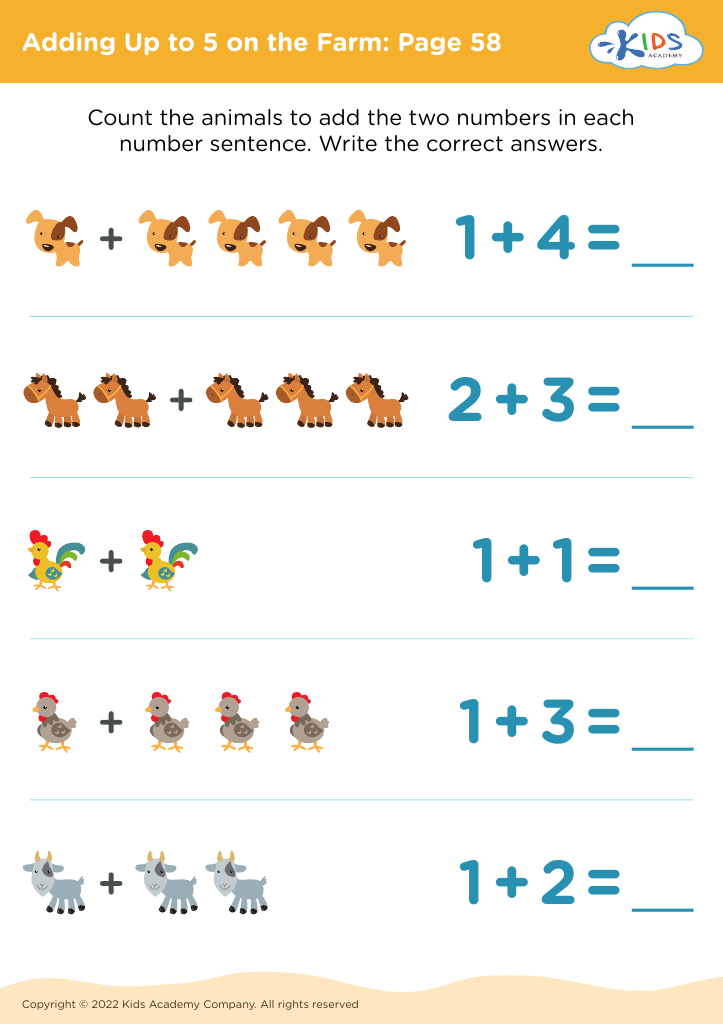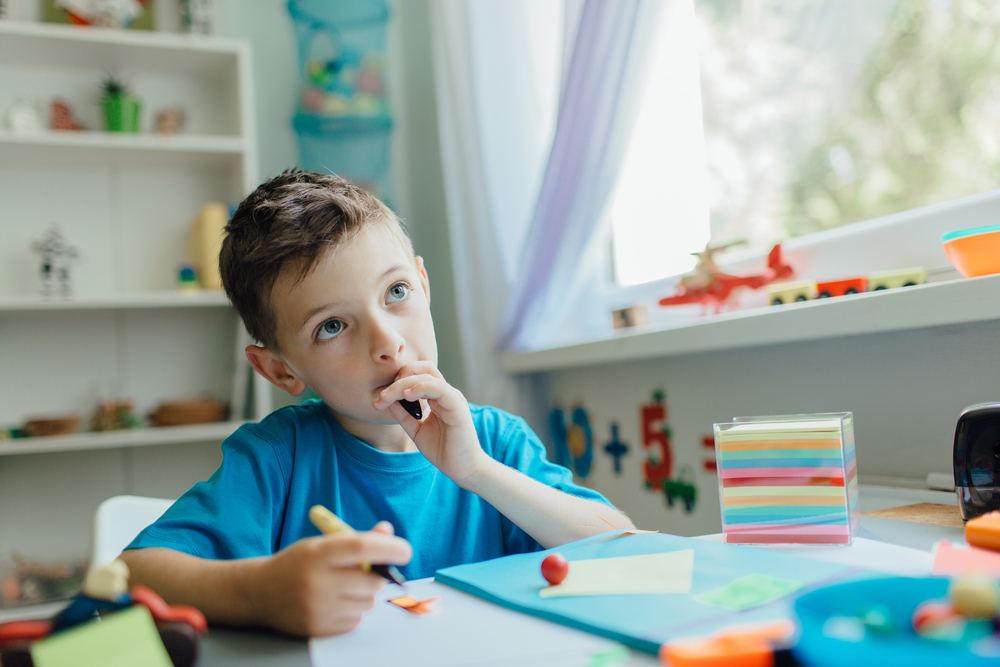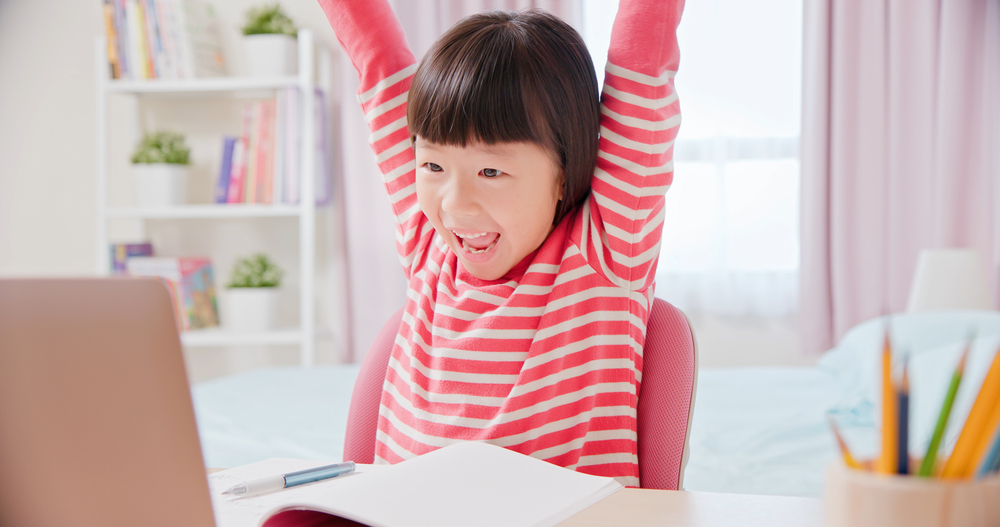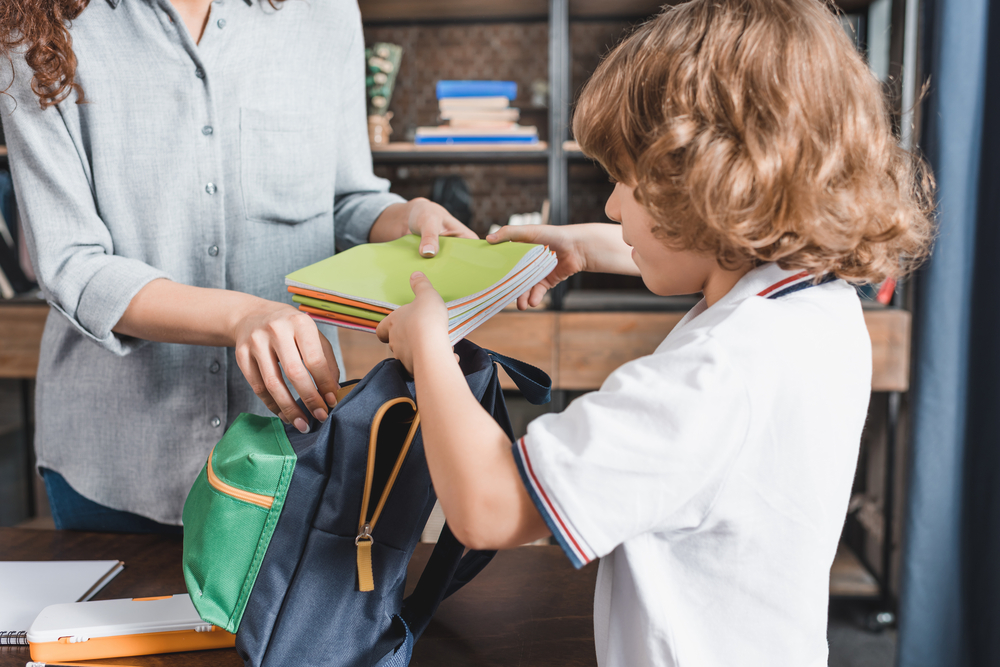Observation skills Worksheets for Ages 4-6
9 filtered results
-
From - To
Enhance your child's observation skills with our engaging Worksheets for Ages 4-6! Designed to stimulate young minds, these printable resources help children develop critical thinking and focus as they learn to notice details in their environment. Each worksheet features fun activities such as matching objects, identifying differences, and completing scenes, encouraging play-based learning. These activities not only foster sensory awareness but also improve vocabulary and hand-eye coordination. Perfect for parents and teachers, our worksheets create an interactive learning experience that supports early childhood education while making learning enjoyable. Explore our collection to boost your child's observation skills today!
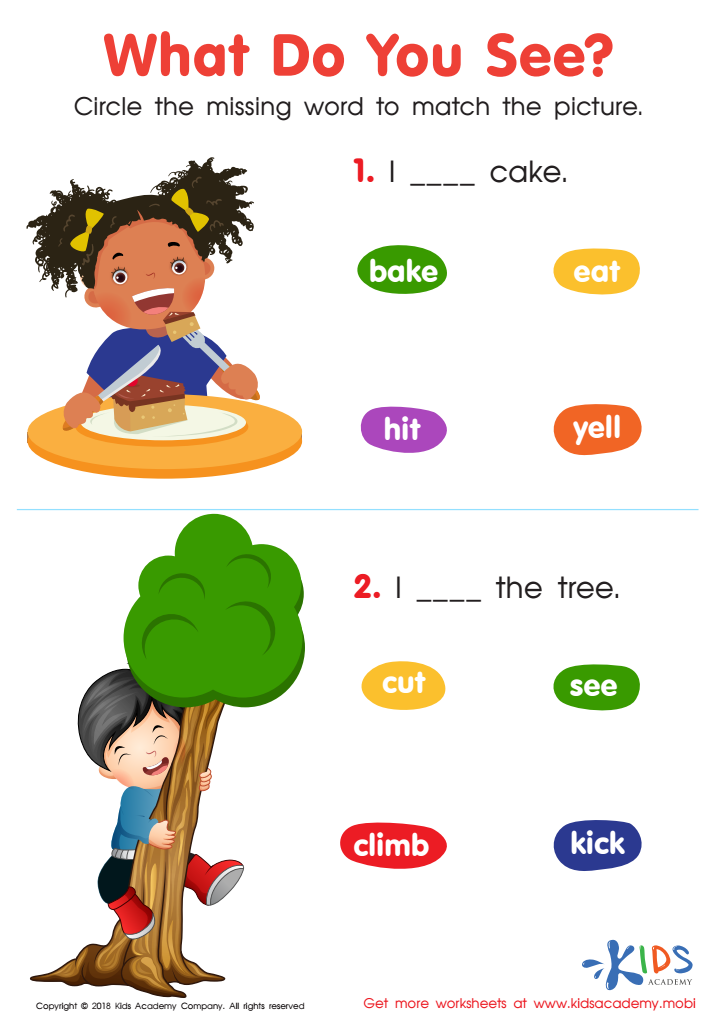

What Do You See? Reading Worksheet
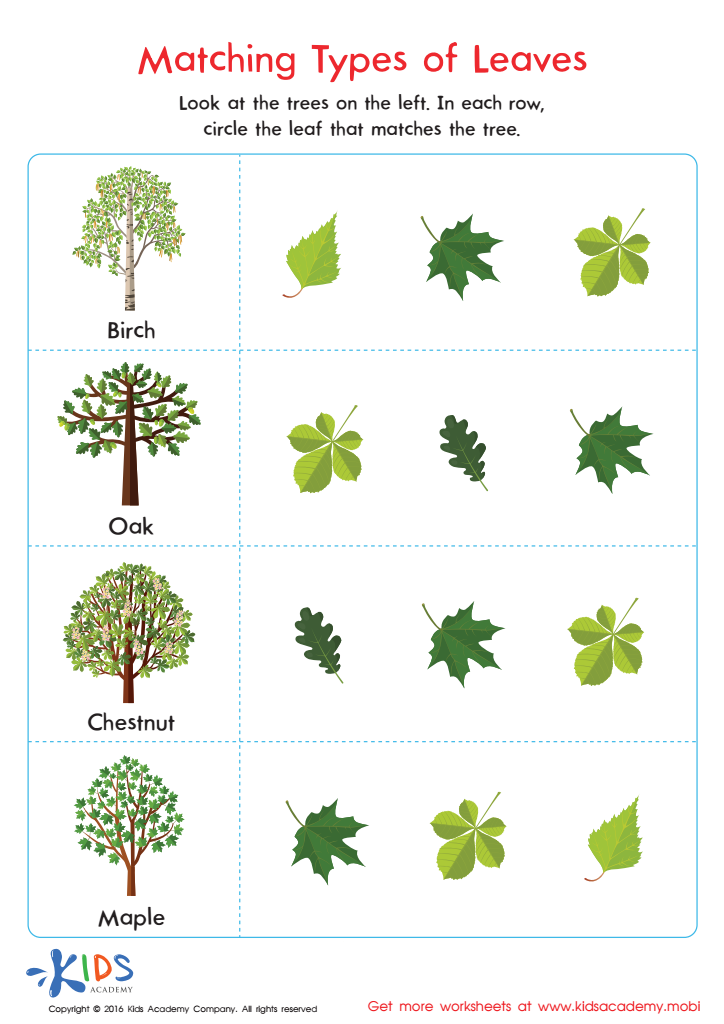

Matching Types of Leaves Printable


The 5 Sense Scientist Worksheet
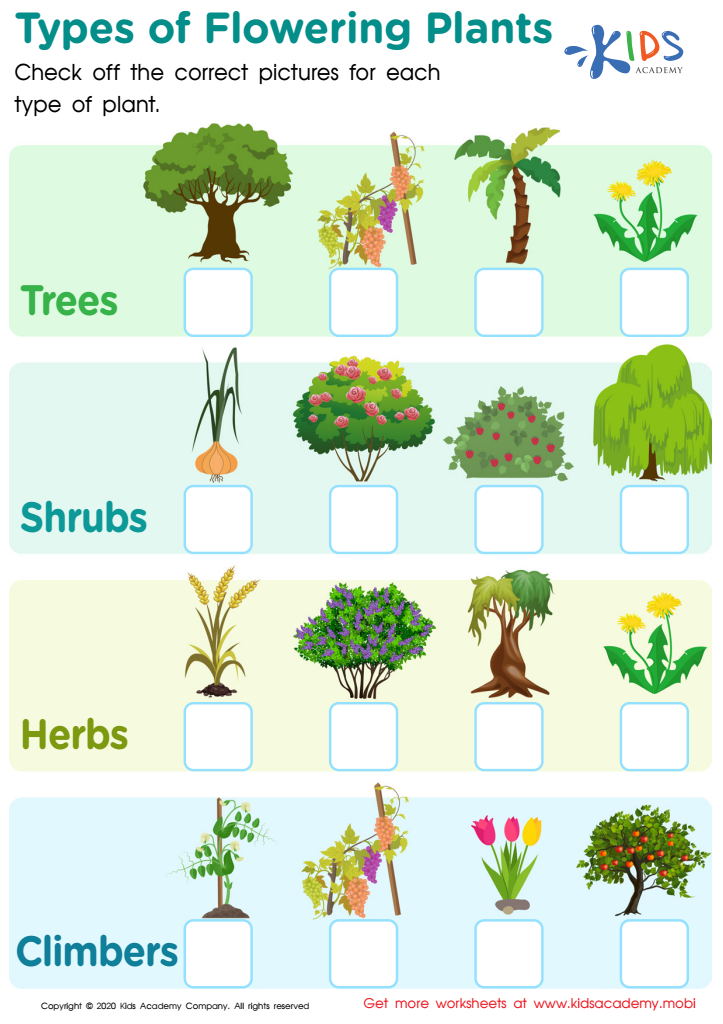

Types of Flowering Plants Worksheet


Finding 16 With Fossils Worksheet


Night Sky Search Worksheet
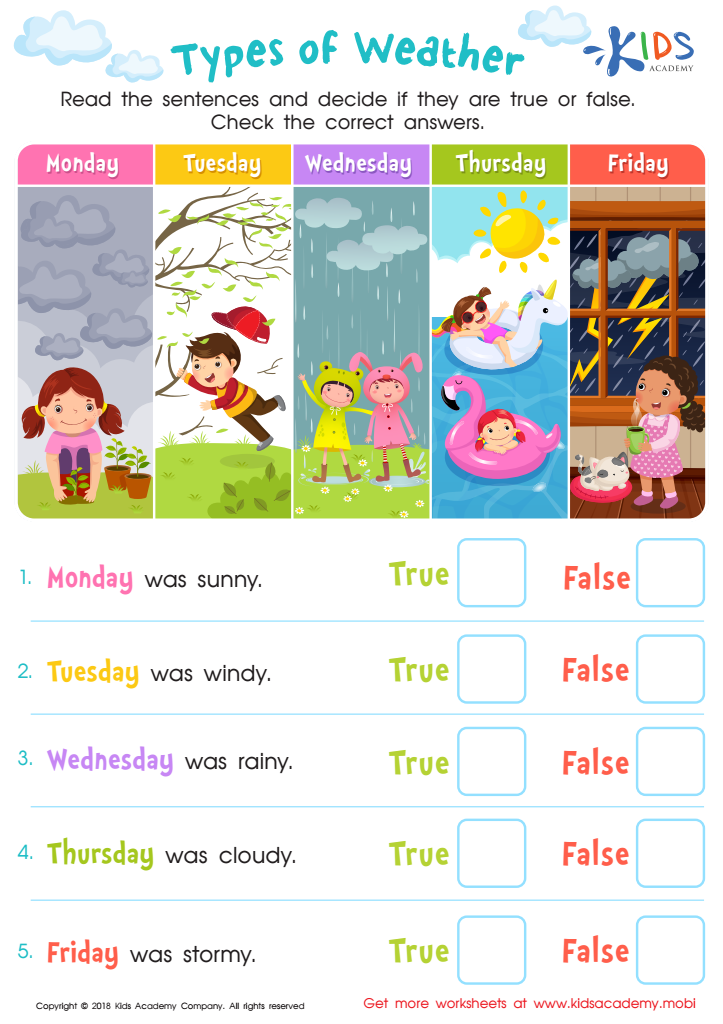

Types of Weather Worksheet


Pair Pears Worksheet
Observation skills are crucial for children aged 4-6 as they serve as the foundation for their learning and development. During this critical stage, children's cognitive, social, and emotional skills are rapidly evolving. By honing observation skills, children learn to pay attention to their environment, recognize patterns, and interpret social cues, which are essential for communication and interaction.
For parents and teachers, fostering these skills can lead to more effective teaching and nurturing. When adults prioritize observation, they can better understand a child’s unique interests, strengths, and areas where they may struggle. This insight allows for tailored learning experiences that engage children more fully. Additionally, observation helps adults identify developmental milestones and any potential areas of concern early on, allowing for timely intervention.
Moreover, strong observation encourages children to become curious learners. It fosters critical thinking and problem-solving skills, helping them engage with the world around them in a meaningful way. As children observe and analyze, they develop habits of mind that will benefit them throughout their education. Ultimately, cultivating observation skills aids in developing well-rounded, independent thinkers, which is a primary goal for both parents and educators.

 Assign to My Students
Assign to My Students


